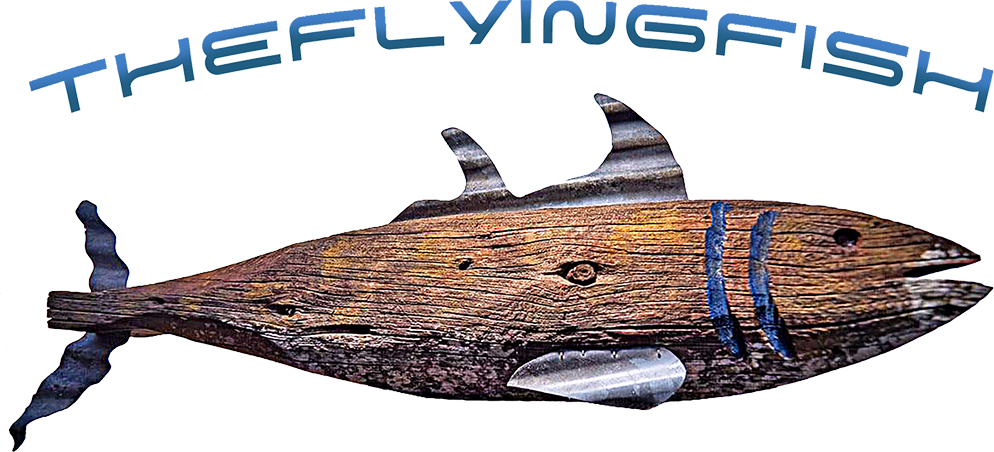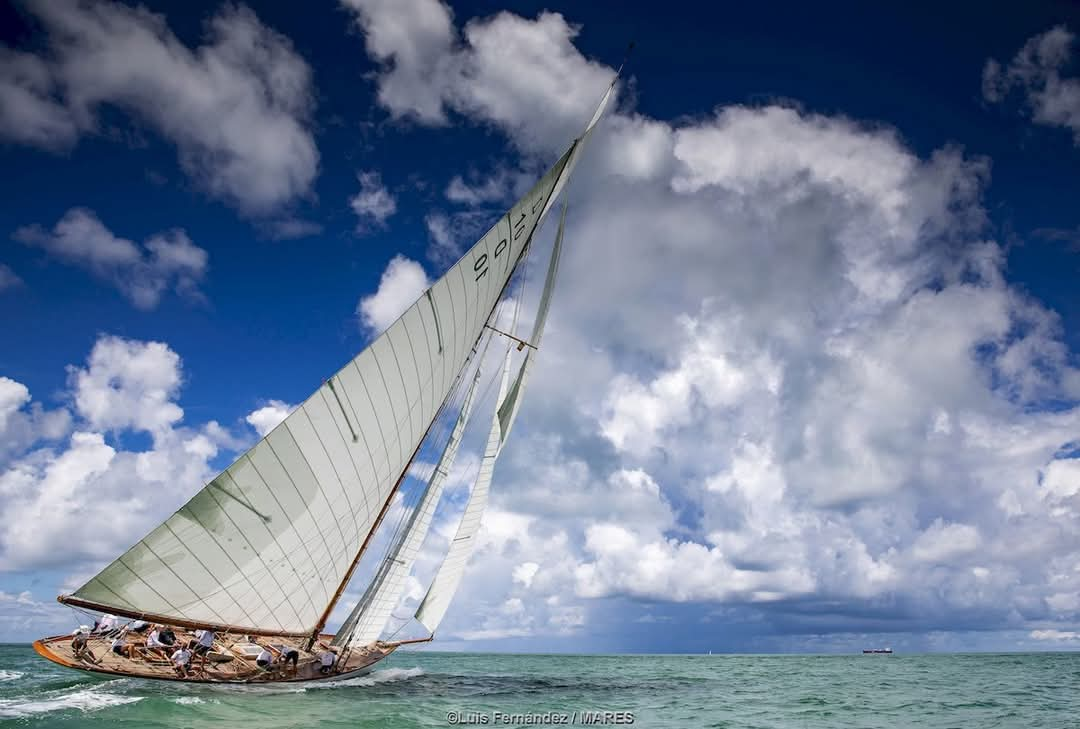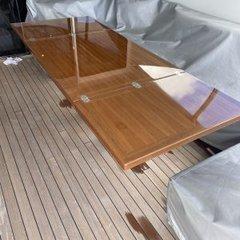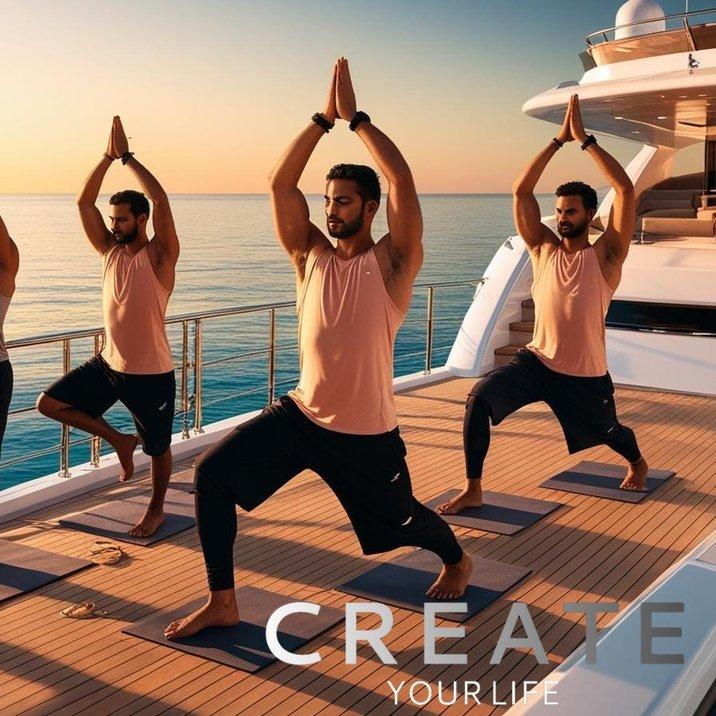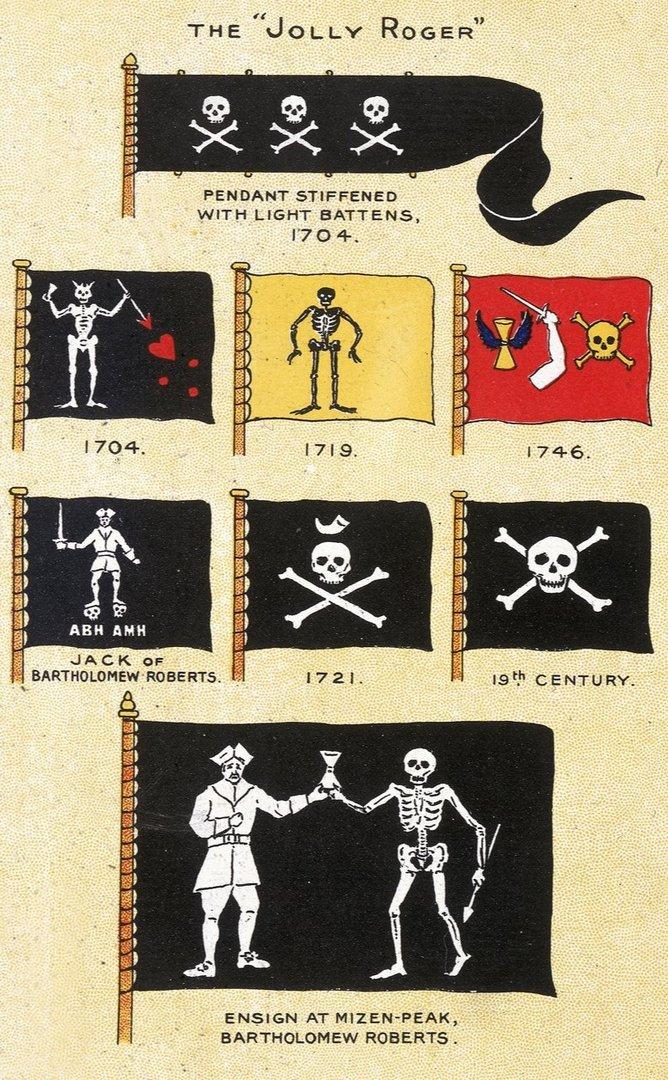Famous Yachts in Mallorca
With Courtesy of Erica Lay & The Mallorca Bulletin. #25/1023.
Erica Lay owner of EL CREW International Yacht Crew Agency http://www.elcrewco.com/ erica@elcrewco.com
Svea exemplifies the ongoing relevance and allure of the J Class yachts, proving that these
vessels are not just relics of the past but dynamic participants in contemporary sailing.
SVEA (2017) – J Class Series
Svea, the latest addition to the legendary J Class fleet, is a stunning fusion of historical inspiration and cutting-edge craftsmanship. Launched in 2017, Svea is the newest J Class yacht, capturing the timeless elegance of the 1930s while incorporating the technology and materials of the modern era.
As with all the Js, Svea has a backstory worth telling.
Her journey began with a design by renowned Swedish naval architect Tore Holm, who originally drafted the plans in the late 1930s. But with the outbreak of World War II, the yacht was never built during his lifetime. The original drawings were rediscovered decades later, sparking renewed interest in bringing Holm’s vision to life.
Bringing Svea to Life
A dedicated team of enthusiasts set out to build Svea in a way that honoured Holm’s original design while integrating modern techniques. Hoek Design Naval Architects, specialists in classic yacht design and restoration, refined the lines to meet the strict standards of the J Class Association and maximise racing performance.
Construction began at Claasen Shipyards in Holland. But midway through the build, the owner unexpectedly pulled out, leaving the team with a partially completed hull and an urgent need to find a new backer.
Fortunately, a new owner stepped in—a passionate sailor who had been inspired by sailing aboard Endeavour and Rainbow, and watching the J Class race at regattas. He wanted Svea completed in time for the 2017 America’s Cup Superyacht Cup and J Class Regatta in Bermuda, giving the yard just 14 months to go from a bare hull to a fully race-ready yacht.
The project was completed by Vitters Shipyard, who collaborated with Claasen. Design tweaks included a reimagined cockpit to improve visibility and control for the helmsman.
Design & Construction
Svea’s hull was built by Bloemsma Aluminiumbouw, a Dutch shipyard known for its aluminium expertise. The use of lightweight aluminium was key to creating a structure that is both strong and fast.
At 44 metres, Svea is the longest J Class yacht ever built. Her sleek profile and powerful sail plan give her a commanding presence on the water. The rigging is made from high-modulus carbon fibre, combining strength with weight savings. Her sails, crafted from state-of-the-art composite materials, maximise both performance and durability.
Svea was launched to widespread anticipation and quickly proved herself on the racecourse. Her speed, agility, and graceful lines earned her an enthusiastic welcome into the J Class fleet.
Interior Elegance
Though performance is a priority, Svea’s interior is also a celebration of craftsmanship and comfort. Designed to host both race crew and guests, her interior reflects the tradition of the J Class while introducing a modern touch. Designers Pieter Beeldsnijer and deVosdeVries Design created a space that feels classic yet contemporary—warm woods, elegant lines, and high-end finishes define the guest areas.
The result? A yacht that performs like a racer but lives like a cruiser.
What’s in a Name?
Svea comes from “Moder Svea,” meaning Mother Sweden in Old Norse—a national symbol and female warrior figure since the 1600s. The name is both a nod to her Swedish design heritage and a fitting title for a yacht that cuts such an imposing figure on the water.
Svea is living proof that the J Class yachts are far more than relics of a bygone era. She embodies both the spirit of 1937 and the innovation of today—an elegant warrior, purpose-built to race, cruise, and command attention. In the ever-evolving story of the J Class, Svea is a proud and powerful new chapter.
